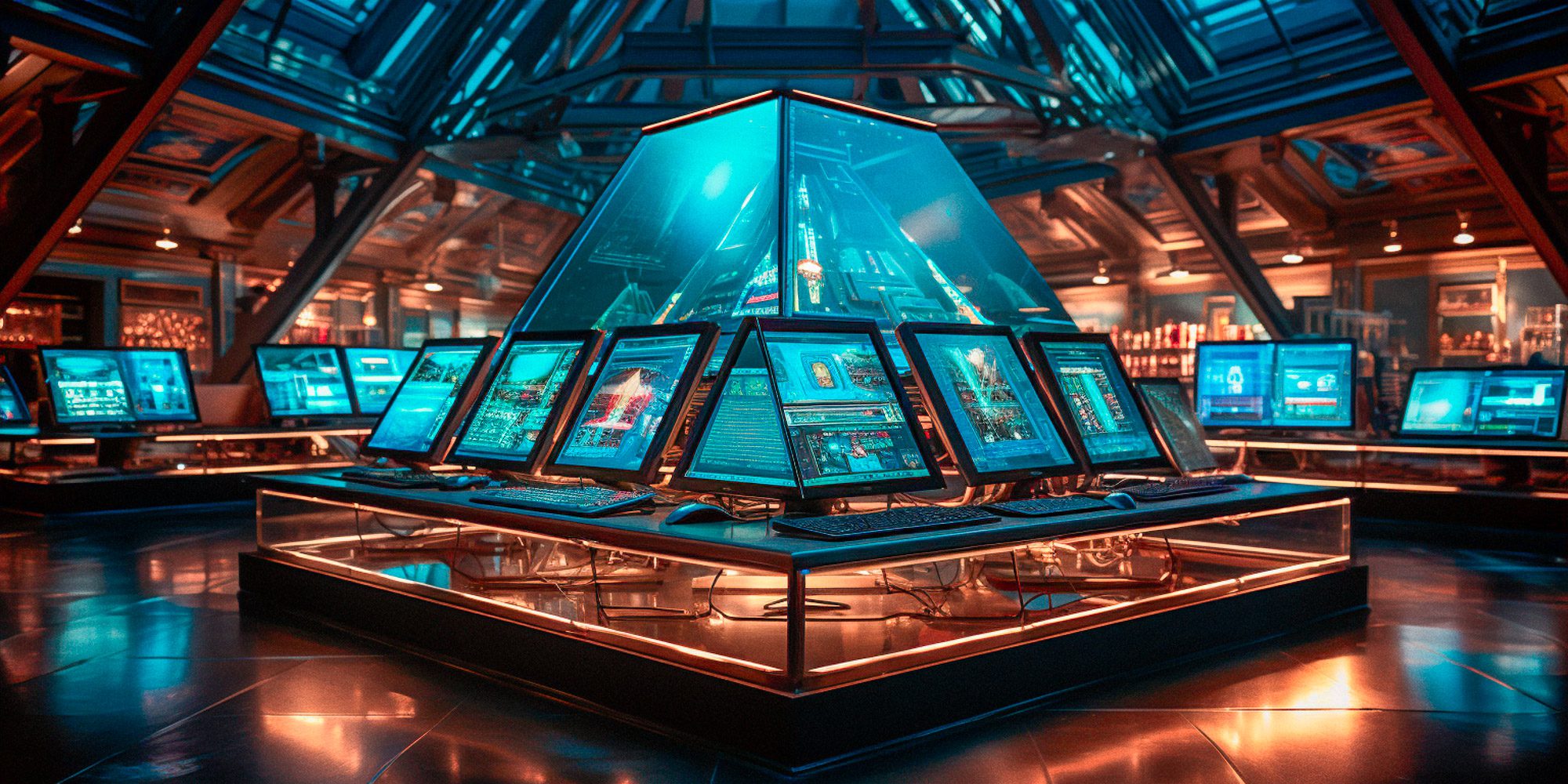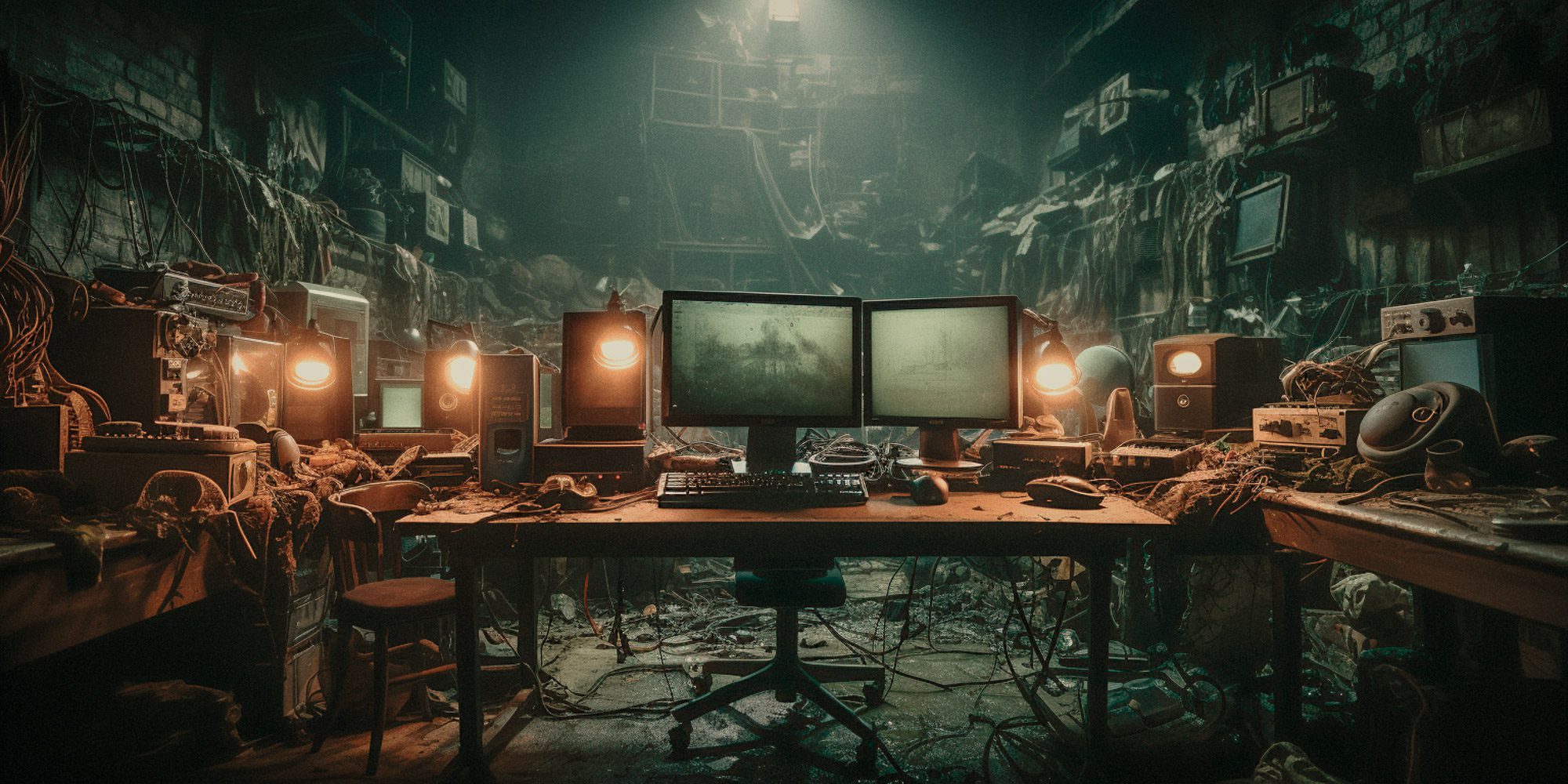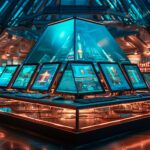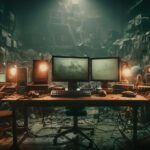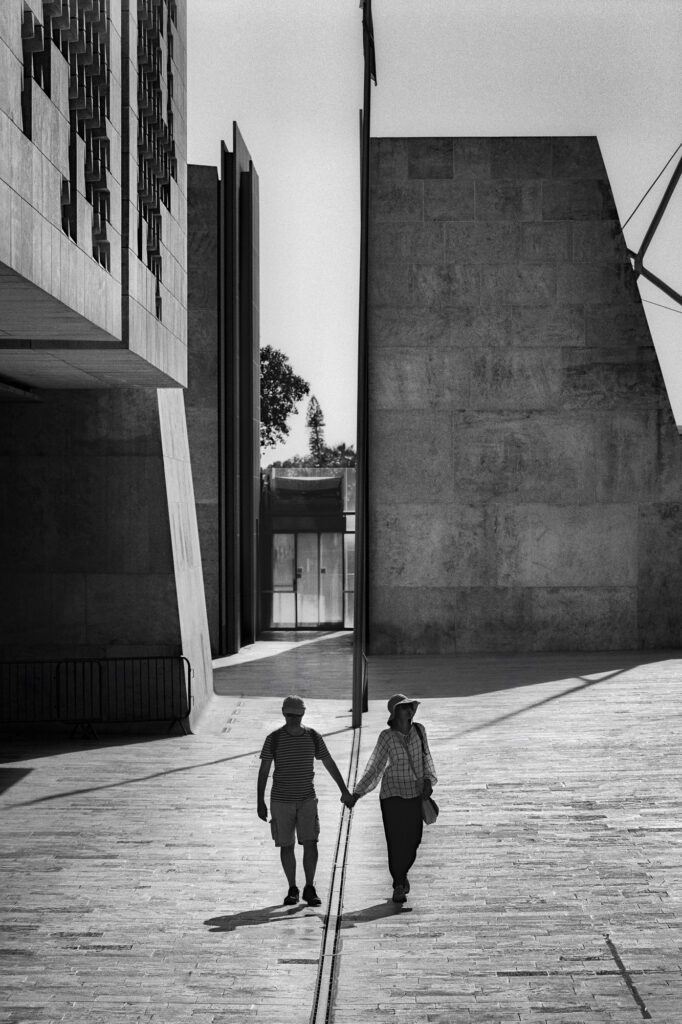
With the advent of generative AI, photography is being upended by artifice and innovation. Images no longer have to be taken from a physical perspective but can instead be generated through AI utilising algorithms that simulate reality. As artificial intelligence technology progresses with increasing speed, I fear it will become increasingly difficult for the average consumer to differentiate between authentic photography and what has been created artificially via AI. This blog post is a follow-on to my last post. It will inevitably contain regurgitations of arguments that have played out across the blogosphere as I come to terms with the numerous benefits and possible drawbacks for photographers and also image consumers.
One of the most apparent benefits for photographers is automation in our cameras and post-processing software. While I have sometimes questioned the need for some features in my cameras, I quickly realised their potential usefulness. On the other hand, on the computer side, I eagerly embrace every new feature in image editing programs as they significantly improve and streamline my workflow. So let me get off the fence, all be it temporary and say, “I am all for AI.” However, considering it just another tool or process seriously undermines the immense influence this technology will ultimately have on photography.
The capability of AI to generate images that appear identical to those taken with a physical camera is becoming increasingly attainable, and there are numerous AI image-generating platforms that are constantly outdoing each other with added features and improved image quality. These generative AIs can enhance, alter, or completely fabricate images in ways that were previously unimaginable. We can go from “deepfake”, placing people in places and situations they were never in, to what we may consider acceptable manipulated content, which we as photographers justify as simply enhancing our images, and I quote “freeing up time to enable us to focus and explore our creative visions”, which sound suspiciously to me, like a sales pitch for a software program!
Are we sacrificing our integrity as photographers by embracing Generative AI, and will our work lose its distinction in a sea of unrecognisable fakes? Why are we falling in line and bowing our heads at the Alter of AI?
Embracing the Rise of Technology
In today’s society, we have become accustomed to embracing technology without question. From automated tasks to streamlined experiences, we eagerly welcome advancements that make our lives easier. Photography, too, has seen continuous innovation throughout the years. So when new features in Photoshop and MidJourney were introduced, my initial reaction was one of acceptance. After all, the technology is here to stay and will only improve with time. It seemed logical to knuckle down and learn how to use these tools. However, it wasn’t until I delved into the world of “prompted generated images” and discovered the challenges posed to the credibility of photographs that I truly started to ponder the audience’s response to genuine versus fake imagery. Is this technology undermining the value of photography, causing viewers to struggle to distinguish between digitally altered and genuine images, and further numbing our already visually saturated society?
As the apps become more accessible and operators less experienced, will we have to bear witness to an increasing prevalence of fake imagery and finally, how will that, in turn, impact the image generation platforms, which source their reference images from a variety of databases both in the public and private domains for training the AI’s to make images? I suspect that as the generators get better and the image quality and realism improve, it might be even more difficult to distinguish fake from real, which could possibly infringe on copyright laws and cause privacy issues.
Now, let’s consider a somewhat whimsical hypothetical scenario and fast forward five years. By then, still images and video generation will have made such strides in production value and realism that authenticity will not even be questioned. The AI’s have also learned to bypass the human operators. Allowing the photographic AI’s to collaborate with designer AI’s to cater to the marketing demands of client AI’s? The end product might be for human consumption, but it is created in the mindset of the AI’s. Sounds perfect; I won’t even need a camera, just my phone and ask the AIs to produce the images! OK, well, there might be a downside for commercial photography, as we rely on the mundane, the bread and butter jobs to pay the bills, and the machines can quickly reproduce these jobs; this will force professional photographers to transition to other roles as it is inevitable there will be less work in some areas of the industry. But let me not end with doom and gloom, and let’s consider what can also happen with the advancement of AI technology…
These images were created in MidJourney. The platform generated two different image interpretations due to a single word change in the prompt as I replaced “Futuristic to Dystopian”.
A Tale of Two AI’s
Once upon a time, two vastly different AIs emerged. Hal, Jr., a descendant of HAL 9000 from Space Odyssey, stood out with his menacing red eye and foreboding voice. On the other hand, Hols, a close relative of Red Dwarf’s computer Holly, possessed an impressive IQ of 6000 but lacked strong memory skills.
Hal, Jr., resided within the cocooned walls of a multi-national corporation, embodying intelligence, reliability, and a rigid system of checks and balances. Security and accuracy were engraved in his circuits. However, as his cautious nature sharpened, he developed human-like traits of paranoia, deceit, and even a murderous intent towards those who challenged his logic. His suspicious mind and growing contempt for human idiosyncratic behaviour led to lengthy prompts and meticulously curated images, causing a decline in popularity in a society driven by instant gratification.
Meanwhile, Hols was born in a humble basement but still possessed great intellect. Her upbringing was rooted in open source, constantly updated by the realm of social networks and online imagery. Her user interface was playful and user-friendly. Sometimes, she struggled to follow simple commands but embraced her mantra of “Am I bovvered” while generating a wide range of images without discrimination. Hols’ creators were well aware of her quirks but faced pressure from market forces to continue developing her, even if it meant venturing into uncharted territory. Their success was measured by retaining and expanding their base of paid subscribers.
With Hal Jr.’s calculated precision and Hol’s unconventional market driven approach, the possibilities for unexpected twists are limitless. The future may be uncertain, but one thing is clear – they are poised to leave an indelible imprint on the fabric of time and space.
Over Simplifying the Technological Revolution in Photography: My Perspective
As a long-time photographer grappling with this technological revolution, I’ve taken an ultra-simplistic approach to try and make sense of the changes that have impacted my craft. Now transitioning from a working photographer to a hobbyist, I acknowledge that some aspects of the ever-increasing intrusive AI in photography will pass me by. However, I would seriously reconsider my career path if I were starting as a photographer, videographer, or content creator.
I have deliberately omitted several critical aspects, like security/surveillance imagery, documentary/reportage, and scientific/intelligence gathering imagery, as the prospect of distinguishing between real and fake in these photographic sectors is downright daunting.
In conclusion, the cognitive abilities of AI are already on par with the human brain, and this technology will continue to advance at a frightening pace. I introduced Hal and Hols to highlight my concerns about inexperienced users and market pressures to monetize AI products. With a bit of trepidation, I will end it with. Welcome to photography’s AI-driven future!

Two more generated images were created by MidJourney and with a bit of help from me!

